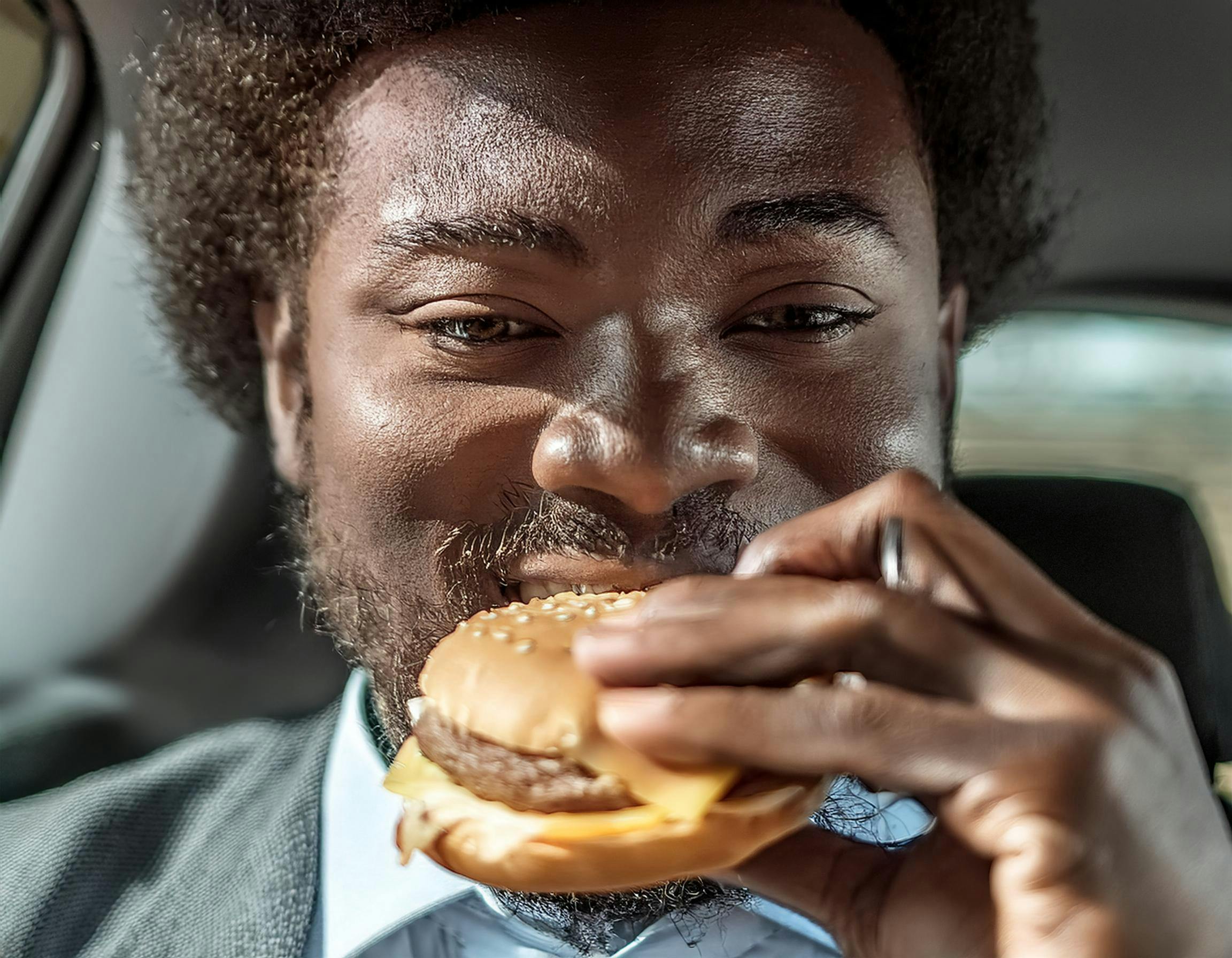
What Car Loans & Quarter Pounders Tell Us About The Economy
When we think about the economy, many factors come into play, from fuel prices to inflation, and even the cost of everyday consumer goods like a McDonald's Quarter Pounder. While it might seem like a stretch to connect something as complex as automotive interest rates to the price of a fast-food burger, there are actually underlying economic trends that tie these two seemingly unrelated things together. In this post, we'll explore the fascinating ways in which automotive interest rates and the price of a Quarter Pounder can be viewed as part of a broader economic ecosystem.
The Basics: Understanding Automotive Interest Rates
Before we dive into the comparison, it’s important to understand how automotive interest rates work. Automotive interest rates are determined by several factors, including:
- Federal Reserve Policies: The Federal Reserve controls the federal funds rate, which influences borrowing costs across the economy, including car loans. When the Fed raises rates, borrowing becomes more expensive, and automotive interest rates tend to rise.
- Inflation: If inflation is high, the Federal Reserve may raise interest rates to curb spending and slow down inflation. This increase in interest rates makes financing big-ticket items like cars more expensive.
- Consumer Demand: When car sales are booming, lenders may increase interest rates to capitalize on demand. Conversely, when demand is low, interest rates might be lowered to incentivize purchases.
- Credit Risk: Automotive interest rates also depend on an individual's credit score. The higher the credit risk, the higher the interest rate a borrower might face.
The Economics of a McDonald’s Quarter Pounder
Now, let’s shift our focus to the McDonald’s Quarter Pounder, a staple in fast food culture. The price of this burger, just like interest rates, is impacted by broader economic factors such as:
- Commodity Prices: Beef, wheat (for the bun), and cheese prices are dictated by global supply chains, weather conditions, and trade policies. When these commodity prices rise, the cost of a Quarter Pounder may go up.
- Labor Costs: Minimum wage increases and labor shortages can directly affect McDonald’s operational costs. When wages rise, this cost is often passed onto the consumer in the form of higher menu prices.
- Inflation: Just like cars, inflation affects everything in the economy, including the price of fast food. As inflation rises, consumers pay more for basic goods, including a Quarter Pounder.
- Supply Chain Disruptions: Transportation, packaging, and energy costs all play a role in how McDonald’s prices its menu. Supply chain bottlenecks or fuel price hikes can quickly drive up the cost of producing and delivering a Quarter Pounder.
The Connection: Inflation, Interest Rates, and Fast Food Prices
So, how do automotive interest rates and the price of a McDonald's Quarter Pounder correlate? At first glance, these two items seem to occupy completely different spheres. However, they are both tied to macroeconomic forces that influence consumer spending.
- Inflation as a Common Denominator: Both automotive interest rates and fast food prices are directly impacted by inflation. When inflation rises, the cost of goods and services across all sectors—including automobiles and fast food—increases. As inflation spikes, the Federal Reserve often raises interest rates to temper it. In this scenario, the cost of borrowing money for car loans rises, and at the same time, the price of a Quarter Pounder increases due to the higher cost of raw materials, labor, and transportation.
- Purchasing Power: When automotive interest rates rise, it indicates that borrowing money has become more expensive, which can strain household budgets. Similarly, when the price of a Quarter Pounder goes up, it reflects diminished purchasing power in the broader economy. Both are indicators of how much money a consumer can stretch toward essential and non-essential purchases. In essence, the rising cost of financing a car loan and the increased price of a burger at McDonald’s are both signs that the consumer’s dollar isn’t going as far as it once did.
- Wage Growth and Spending Habits: Interest rates often rise in periods of wage growth. When people have more disposable income, they may be more likely to purchase a new vehicle, thus increasing demand for auto loans. At the same time, wage growth affects the fast food industry, as labor costs rise, leading to increased prices on items like the Quarter Pounder. Essentially, both sectors are reacting to the same economic force—higher wages—and adjusting prices or rates accordingly.
- Supply Chain Effects: Global supply chain disruptions, such as those caused by the COVID-19 pandemic, have affected both the automotive industry and fast food chains like McDonald’s. A shortage of semiconductor chips, for example, has led to higher car prices, while labor shortages and increased transportation costs have pushed up the price of food. These disruptions cause interest rates and Quarter Pounder prices to move in tandem as companies adjust to higher operating costs.
Fast Food and Financing: A Unique Economic Indicator
While it may seem unconventional to compare automotive interest rates to the price of a McDonald’s Quarter Pounder, doing so provides an interesting lens through which to view the broader economy. Both are subject to similar pressures—such as inflation, supply chain disruptions, and labor costs—which cause them to rise or fall in relation to each other.
In fact, looking at the price of a Quarter Pounder might offer a quick and digestible (pun intended) way to gauge the economy's current state. If the price of this classic fast food item is climbing, it could be a sign that inflation is up, and automotive interest rates might be following suit. Conversely, if the price of the Quarter Pounder stabilizes or even decreases, it might suggest that inflation is under control and that automotive financing could be more affordable.
What Does This Mean for Consumers?
Understanding the correlation between automotive interest rates and the price of a McDonald's Quarter Pounder isn’t just an academic exercise. For consumers, this comparison highlights how interconnected various aspects of the economy are. Rising prices—whether for cars or burgers—are indicators of broader trends like inflation, wage growth, and supply chain challenges. Keeping an eye on these everyday indicators can help consumers make more informed financial decisions, whether they’re buying a car or just grabbing lunch at McDonald's.
So, next time you drive through McDonald's for a Quarter Pounder, consider how the price of your burger might be reflecting the same economic forces that are impacting your car loan. Both are valuable clues to the bigger picture of our economic health.








